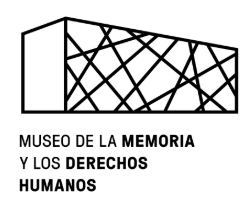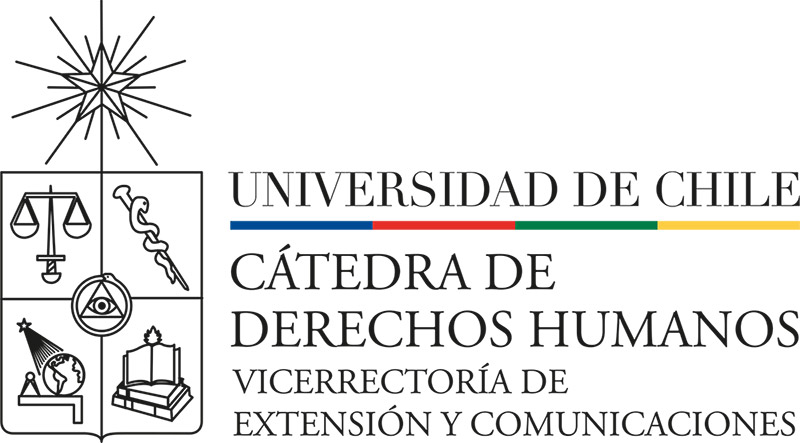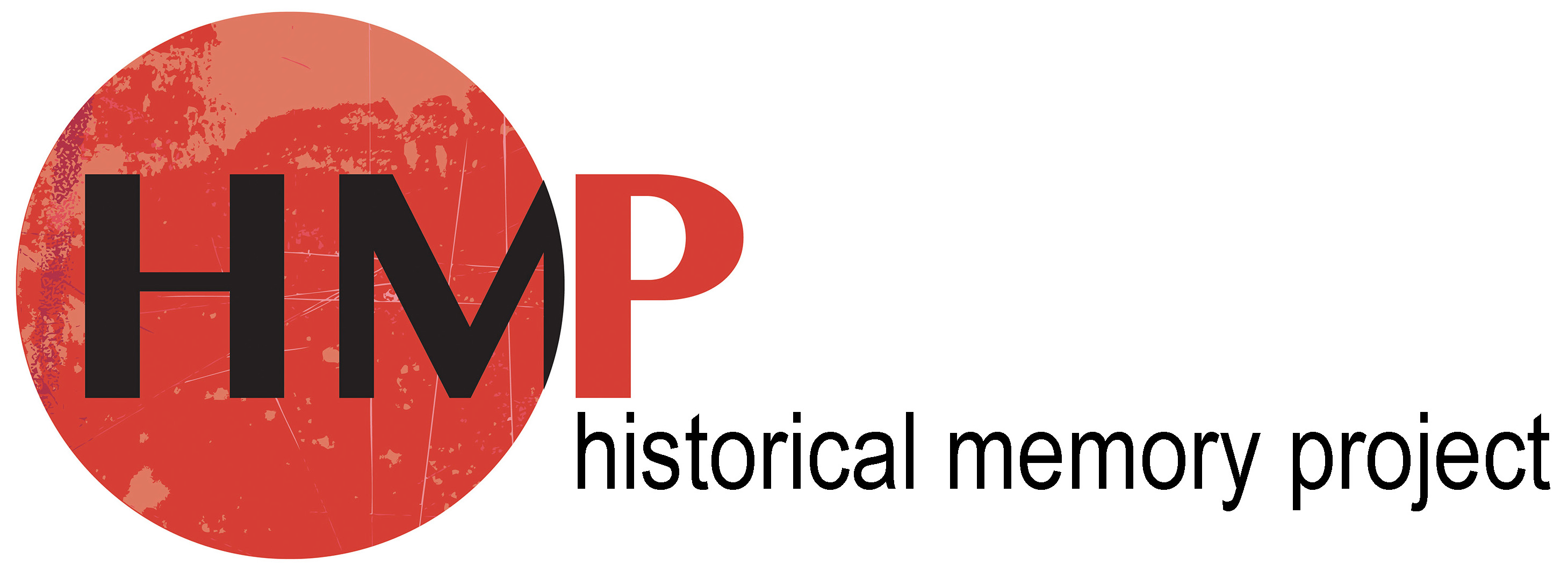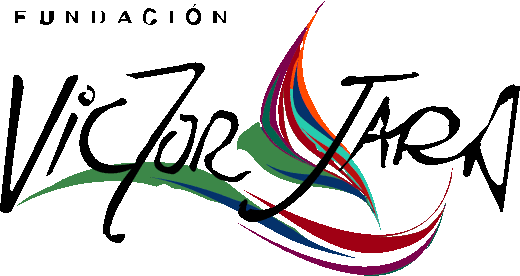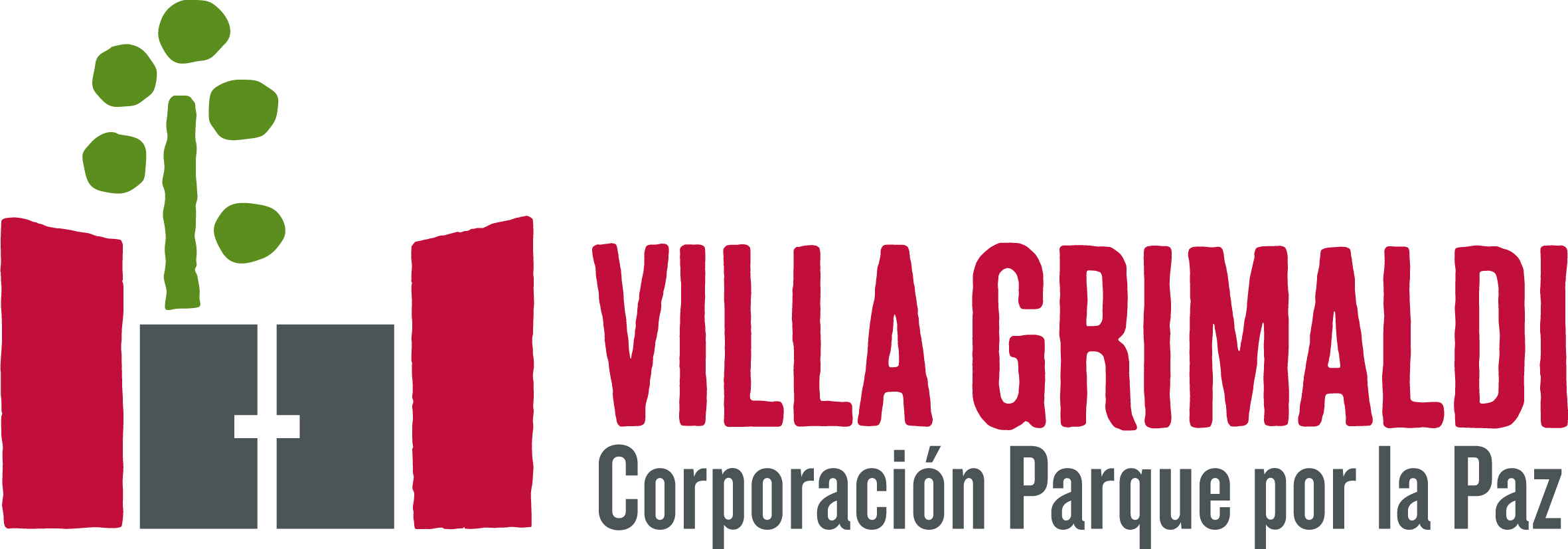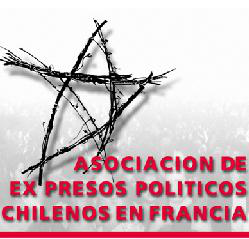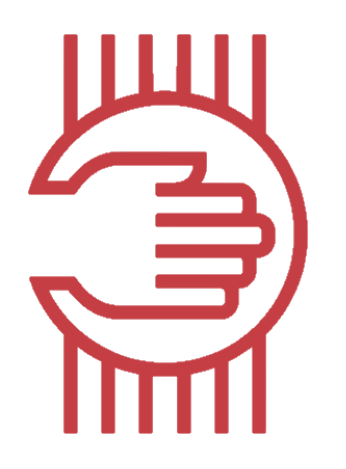 Cantos Cautivos
Cantos Cautivos
162 results where found for «Melody by Jorge Peña Hen»
Music piece by:
Víctor Valencia Nieto
Testimony by:
Domingo Chávez Navarro
Experience in:
Campamento de Prisioneros Chacabuco, November 1973 - April 1974
Tags:
The Paper Boat (El barco de papel)
Music piece by:
Julio Numhauser, popularised by the band Amerindios
Testimony by:
Carlos Muñoz
Experience in:
Campamento de Prisioneros, Tres Álamos, 1975 - 1976
Tags:
Today I Sing for the Sake of Singing (Hoy canto por cantar)
Music piece by:
Nydia Caro and Riccardo Ceratto
Testimony by:
Beatriz Bataszew Contreras
Experience in:
Calle Irán Nº 3037 / Venda Sexy / La Discotheque, 12 - 18 December 1974
Tags:
Music piece by:
José Luis Armenteros and Pablo Herrero, popularised by Nino Bravo.
Testimony by:
anonymous
Experience in:
Campamento de Prisioneros, Estadio Nacional, September - November 1973
Tags:
Music piece by:
Claudio Iturra (lyrics) and Sergio Ortega (music)
Testimony by:
Lucía Chirinos
Experience in:
Cárcel de Mujeres Buen Pastor, La Serena, October 1973 - April 1974
Tags:
Music piece by:
Eugène Pottier (lyrics) and Pierre Degeyter (music). Popularised by Quilapayún in Chile in the 1970s.
Testimony by:
Ana María Jiménez
Experience in:
Villa Grimaldi, April 1975
Tags:
Anthem of Puchuncaví (Himno de Puchuncaví)
Music piece by:
Sergio Vesely
Testimony by:
Sergio Vesely
Experience in:
Tags:
Lament for the Death of Augusto the Dog (Lamento a la muerte del perro Augusto)
Music piece by:
Sergio Vesely
Testimony by:
Sergio Vesely
Experience in:
Tags:
The Valley Swallow (La golondrina del valle)
Music piece by:
Sergio Vesely
Testimony by:
Sergio Vesely
Experience in:
Tags:
Music piece by:
Sergio Vesely
Testimony by:
Sergio Vesely
Experience in:
Tags:
